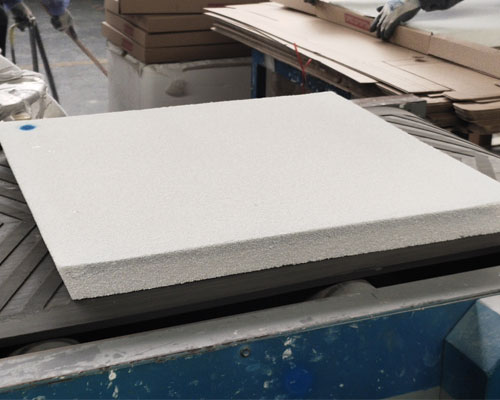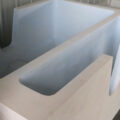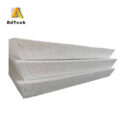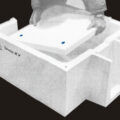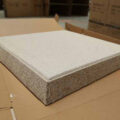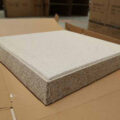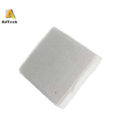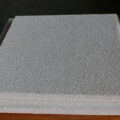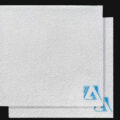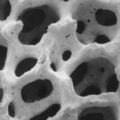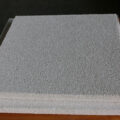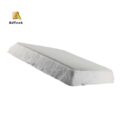The ceramic foam filter for molten Al includes a refractory aggregate mesh member coated with a compound that can soften or stick at the temperature of molten aluminum alloy. With this filter, inclusion particles can be absorbed by the coating compound to be removed from the molten Al.
The recycled aluminum scrap can save a lot of energy, which brings huge advantages. However, aluminum shavings usually contain high concentrations of various impurities. Therefore, the molten aluminum obtained by remelting such aluminum scraps may contain various inclusions, including various non-metallic inclusions. Non-metallic inclusions are, for example, oxides originally contained in aluminum scraps that will be used as a raw material to be melted, or oxides generated due to the reaction of impurities contained therein. During the remelting process, the aluminum chips are filled with oxygen in the atmosphere. Compared with the use of aluminum, in ore, the problem of oxide inclusions is more serious when aluminum scrap is used as a raw material.
Therefore, when aluminum scrap aluminum alloy products are used as part or all of the raw materials, it is necessary to remove at least the inclusions to obtain pure aluminum materials. In addition to the use of flux to refine the molten Al, it is also necessary to use further online degassing and filtering impurities of molten Al.

According to the reactive gas method, an inert gas or halogen gas is introduced into molten Al to generate bubbles. The inclusions are attached to the bubbles and float together in the molten aluminum to separate the inclusions from the molten aluminum. This method is particularly advantageous for removing gases such as hydrogen. However, the rising bubbles violently wave the surface of the molten Al, thereby stirring the molten Al. This causes another problem that the aluminum oxide film formed on the surface of the molten aluminum is likely to be mixed back into the molten aluminum, resulting in an increase in the number of aluminum oxide inclusions.
According to the molten aluminum filtration method, the molten aluminum is passed through a ceramic foam filter to remove inclusions therefrom. The ceramic foam filter for molten Al can remove fine inclusion particles of about 10 to 25 μm, which account for most of the inclusions, to obtain high-quality aluminum alloy. At the same time, the ceramic foam filter can also reduce the fluctuation of molten aluminum.

